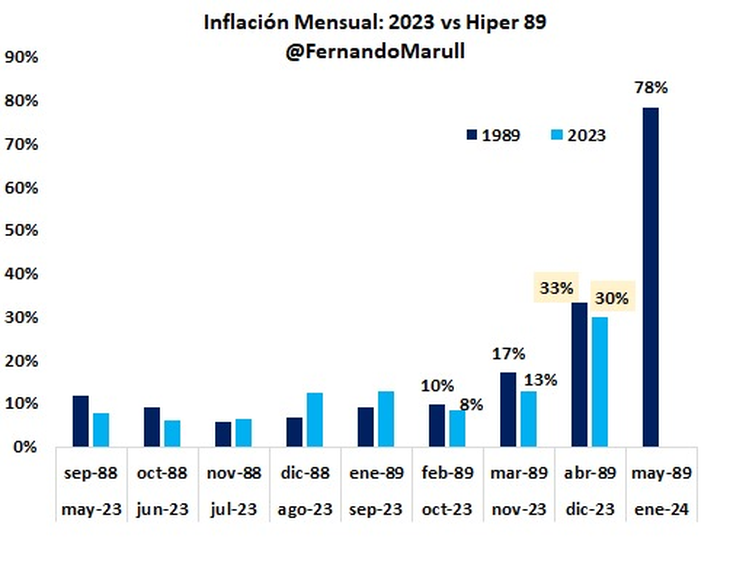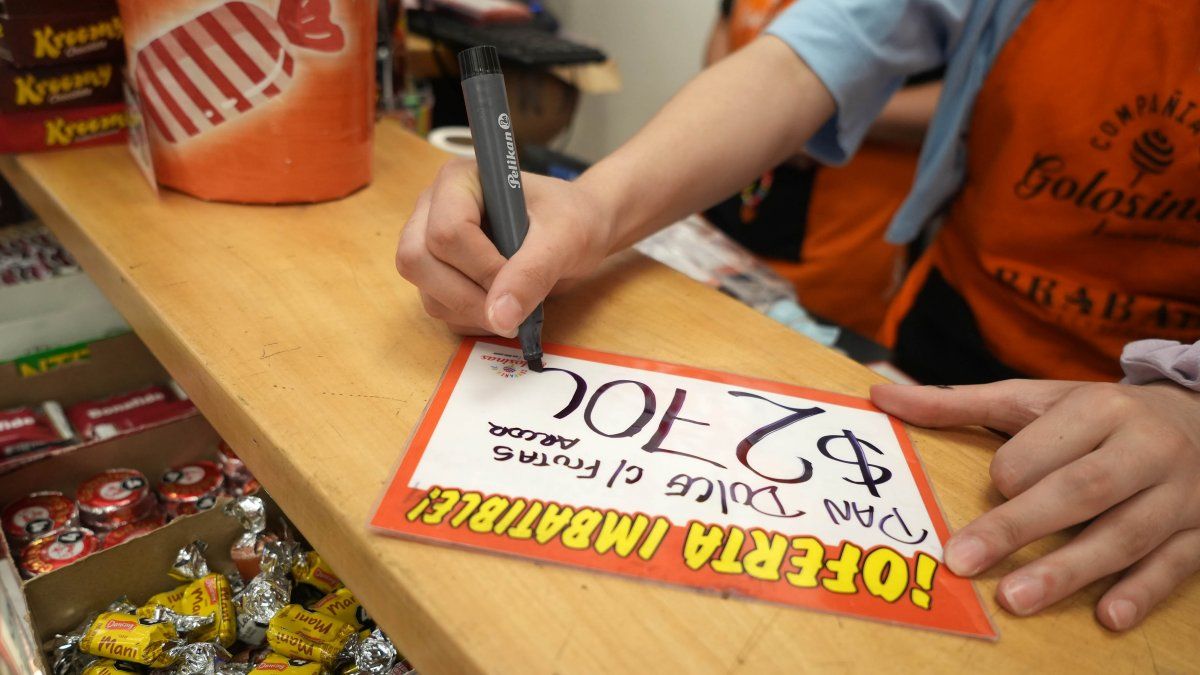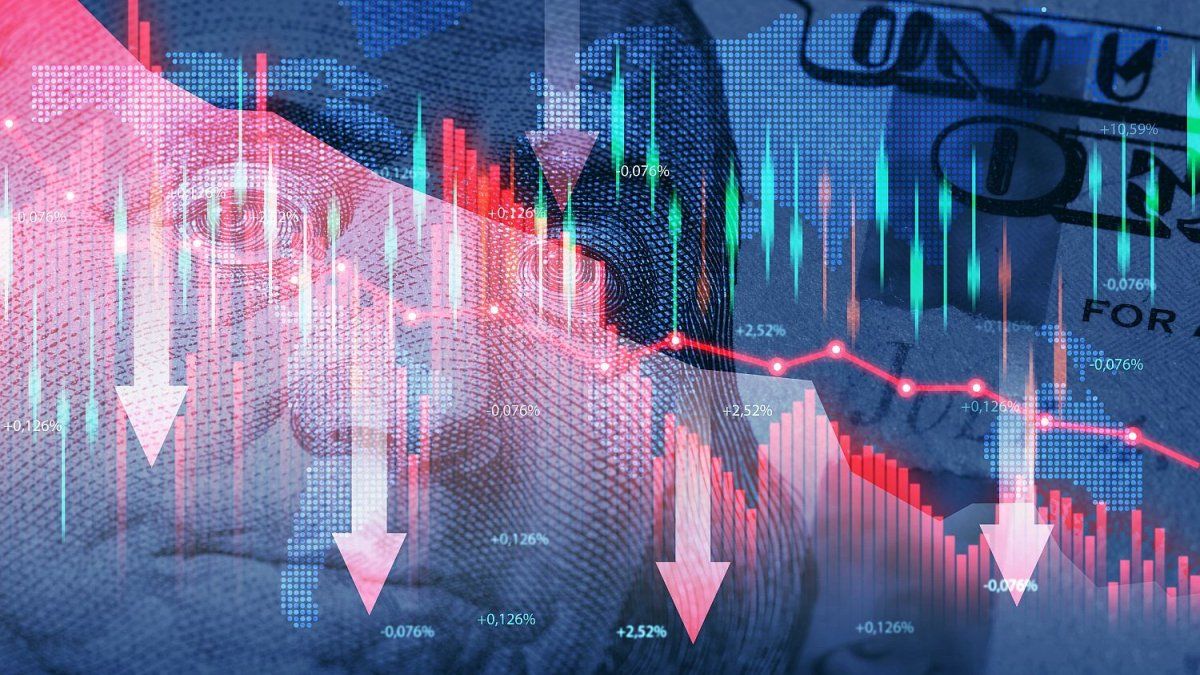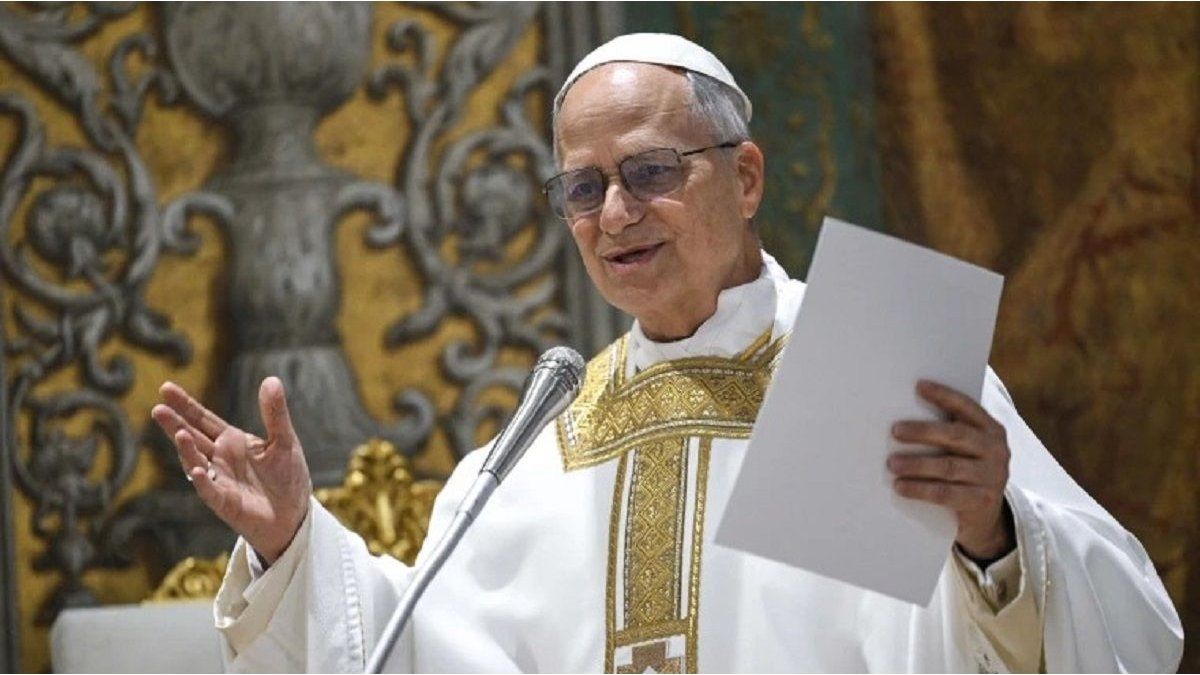Ámbito asked what hyperinflation technically is, is it possible to reveal common characteristics or are there particular processes at each historical moment? Are we already suffering from it?
The specter of hyperinflation: has it already arrived in Argentina and what are its immediate effects?
Argentine News
“If you annualize this data, inflation is traveling at 7,550% annually, in my neighborhood they call it hyperinflation”he expressed just a few days ago President Javier Milei before a measurement by the consulting firm Ecolatina who assured that the first half of December there was an 18% increase. Given this, Ambit he asked himself what is technically hyperinflationIs it possible to reveal common characteristics or are there particular processes in each historical moment? Are we already suffering from it?
The content you want to access is exclusive to subscribers.
For Camilo Tiscorniadirector of C&T Economic Advisors“some define it when monthly inflation is 50% or more, but I believe that hyperinflation also has a very particular characteristic that It is a process where there is an escalation of prices“. “It is generated in a way very intense where prices rise faster and faster and inflation increases exponentially and suddenly: you go from 10%, to 20%, to 40% and to 60% and thus monthly inflation escalates,” he said. “It is much more than simply a very high inflation rate”he detailed.


To its turn, Rocio Bisang of Eco Godetailed: “The classic definition of hyperinflation is the one postulated by Cagan in 1956, which defines it as a period of limited duration that begins when monthly inflation exceeds 50% and ends when it remains below that threshold for at least one year. Beyond the manual definition, Each process has its own particularities and no two hypers are the samealthough there are some common factors that usually occur such as the growing indexation of the economy, the shortening of contracts, etc.”.
Also in conversation with this medium, Juan Telecheadirector of ITE and author of the book “Inflation! Why can’t Argentina get rid of it?” also agreed that the central characteristic is that hThere is a monthly increase of at least 50% and that annualized increase is approx. 4,000%. “For me, to know whether or not one is in a hyperinflationary process is the context and characteristics and currently both give me the guideline that today we are not, yet, in a hyperinflationary process“he explained.
“Current inflation is not at those levelsin turn the one expected for December and January, for now with the measures they took, neither. But these processes also come accompanied by a very strong drop in the population’s demand for money. In other words, in addition to the economic measures that drive prices up, such as a devaluation or release of ratesis accompanied by a collapse in the demand for money and people want to get rid of the pesos. To be in a hyperinflationary process today, everything would have to be more abrupt“he explained.
Hyperinflation between 1989 and 1990
The immediate antecedent to this process of high inflation is the hyperinflation that occurred between 1989 and 1990 under the Government of Raúl Alfonsín and later Carlos Menem. In February 1989, the Central Bank ran out of dollar reserves to auction and satisfy the demand for foreign currency and withdrew from the exchange market. This started a spiral of strong depreciations of the southernwith increases in interest rates and the growth of the fiscal deficit.
Between December 1989 and March 1990had already assumed the presidency Carlos Menem after the advance of the transfer of command, and it happened a second hyperinflationary peak which caused the resignation of the Minister of Economy, Néstor Rapanelli, and the end of Plan BB (by the Bunge & Born group). Hyperinflation continued throughout that year and would only return to pre-May ’89 levels in February 1991.
Strong debate on networks: are we going towards a hyper?
image.png

From his Twitter account the economist Fernando Marull He posted this graph that compares that Alfonsinista period with the last few months and said: “Hyperinflation is when inflation accelerates until you overturn. In 1989 it was 30% monthly and then accelerated to 70% and then 100% monthly. That is hyperinflation. In 2023 if it is 30% and then it starts to go down, to 20% and then to 10%, it is not a hyperinflationary process. “It is more about a liberation of relative prices than hyperinflation.”
Carlos Mastalon also expressed and responded to Javier Milei: “There can be no hyperinflation in today’s Argentina, although Javier Milei looked for her for personal boastingfor two reasons: first, the market is bought and not sold in dollars, in 1989 it was sold again. And the second is because the amount of pesos in real dollar terms expands instead of falling.”.
Source: Ambito




